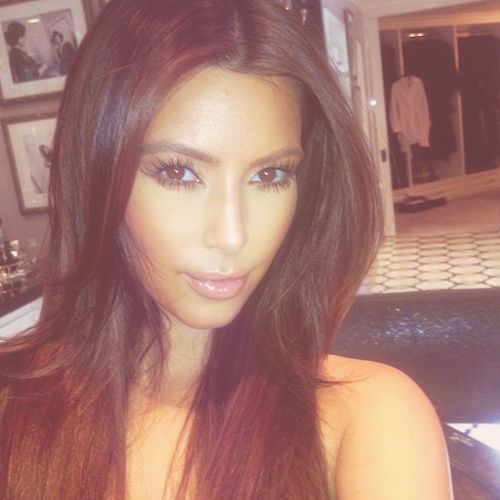Reproduction (Topic 13)
Cards (43)
- What are the two main ways organisms can reproduce?
- Which organisms can reproduce through both sexual and asexual reproduction?
- What type of reproduction do most animals rely on?
- How do bacteria reproduce?
- What is the key point of sexual reproduction?
- What is fertilization in the context of sexual reproduction?
- Why are offspring from sexual reproduction genetically different?
- How many chromosomes does a normal human cell have?
- How many chromosomes do human gametes have?
- What happens when two gametes fuse together?
- What process produces gametes?
- Does sexual reproduction require sexual intercourse?
- How do plants reproduce sexually?
- What is a key characteristic of asexual reproduction?
- What is the result of asexual reproduction?
- How do eukaryotic organisms reproduce asexually?
- How do bacteria reproduce asexually?
- What are the differences between sexual and asexual reproduction?
- What processes are involved in gamete formation for different organisms?
- What process forms gametes in sexual reproduction?
- What are gametes also known as?
- How much genetic material do gametes contain?
- What do we call cells that contain half the genetic material?
- What happens when two gametes combine?
- What type of cells do gametes form when they combine?
- What is the first step in meiosis?
- What shape do chromosomes take after DNA replication in meiosis?
- How many types of chromosomes do humans have?
- How many individual chromosomes does each human cell have?
- What are maternal chromosomes?
- What are paternal chromosomes?
- What happens to chromosome pairs during meiosis?
- Why is the random arrangement of chromosomes important in meiosis?
- What occurs during the first division of meiosis?
- What happens during the second division of meiosis?
- How many cells result from meiosis?
- What are the gametes produced in male animals?
- What are the gametes produced in female animals?
- What happens during fertilization?
- What does the diploid cell formed during fertilization do?
